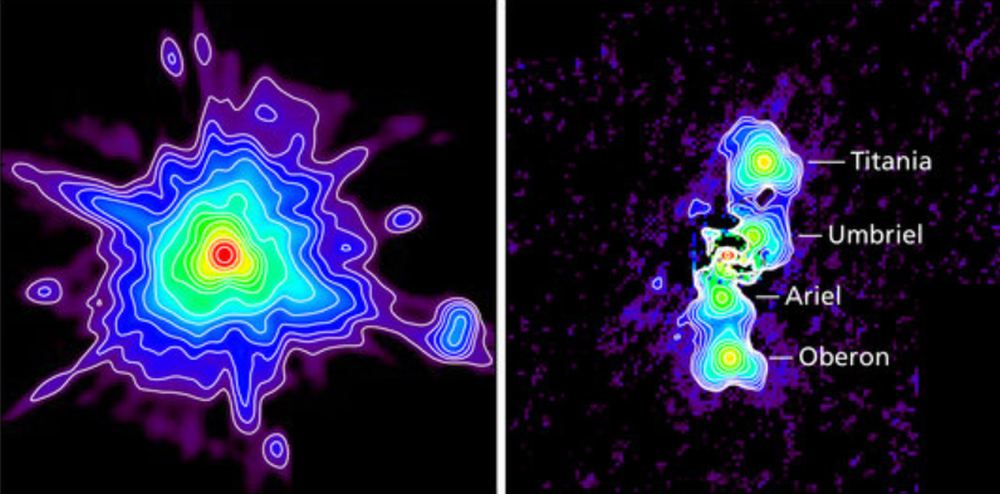Subsurface oceans of liquid water are a common feature of the moon’s of Jupiter and Saturn. Researchers are exploring whether the icy moons of Uranus and Neptune might have them as well. Their new paper suggests future missions to the outer Solar System could measure the rotation of the moons and detect any wobbles pointing to liquid oceans. Less wobble means the moons is mostly solid but large wobbles can indicate ice floating on an ocean of liquid.
Continue reading “Uranus’s Wobbling Moons Could Point to Oceans Under the Ice”Now Uranus’ Moon Ariel Might Have an Ocean too

Venus is known for being really quite inhospitable with high surface temperatures and Mars is known for its rusty red horizons. Even the moons of some of the outer planets have fascinating environments with Europa and Enceladus boasting underground oceans. Recent observations from the James Webb Space Telescope show that Ariel, a moon of Uranus, is also a strong candidate for a sub surface ocean. How has this conclusion been reached? Well JWST has detected carbon dioxide ice on the surface on the trailing edge of features trailing away from the orbital direction. The possible cause, an underground ocean!
Continue reading “Now Uranus’ Moon Ariel Might Have an Ocean too”Measuring the Atmospheres of Other Worlds to See if There are Enough Nutrients for Life
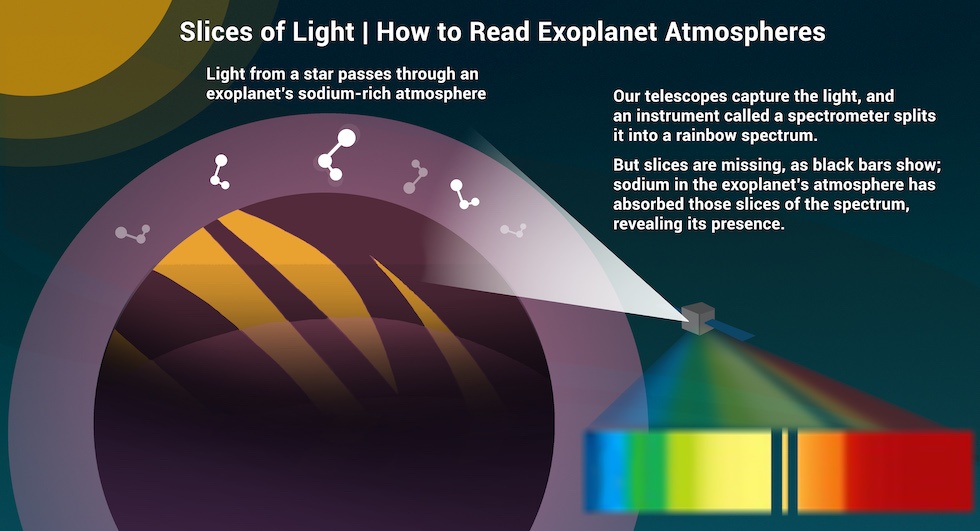
Life on Earth depends on six critical elements: Carbon, Hydrogen, Nitrogen, Oxygen, Phosphorous, and Sulfur. These elements are referred to as CHNOPS, and along with several trace micronutrients and liquid water, they’re what life needs.
Scientists are getting a handle on detecting exoplanets that might be warm enough to have liquid water on their surfaces, habitability’s most basic signal. But now, they’re looking to up their game by finding CHNOPS in exoplanet atmospheres.
Continue reading “Measuring the Atmospheres of Other Worlds to See if There are Enough Nutrients for Life”ESA’s Ariel Mission is Approved to Begin Construction
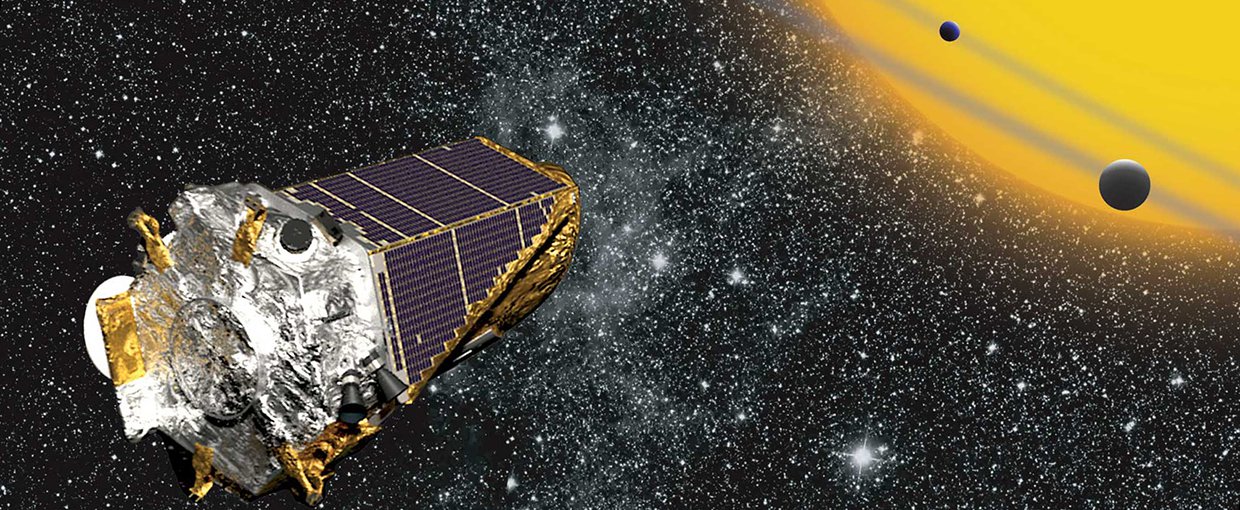
We’re about to learn a lot more about exoplanets. The ESA has just approved the construction of its Ariel mission, which will give us our first large survey of exoplanet atmospheres. The space telescope will help us answer fundamental questions about how planets form and evolve.
Continue reading “ESA’s Ariel Mission is Approved to Begin Construction”Ariane 6 Fires its Engines, Simulating a Flight to Space

Since 2010, the European aerospace manufacturer ArianeGroup has been developing the Ariane 6 launch vehicle, a next-generation rocket for the European Space Agency (ESA). This vehicle will replace the older Ariane 5 model, offering reduced launch costs while increasing the number of launches per year. In recent years, the ArianeGrouip has been putting the rocket through its paces to prepare it for its first launch, which is currently scheduled for 2024. This past week, on Wednesday, November 23rd, the Ariane 6 underwent its biggest test to date as ground controllers conducted a full-scale dress rehearsal.
Continue reading “Ariane 6 Fires its Engines, Simulating a Flight to Space”The Most Compelling Places to Search for Life Will Look Like “Anomalies”
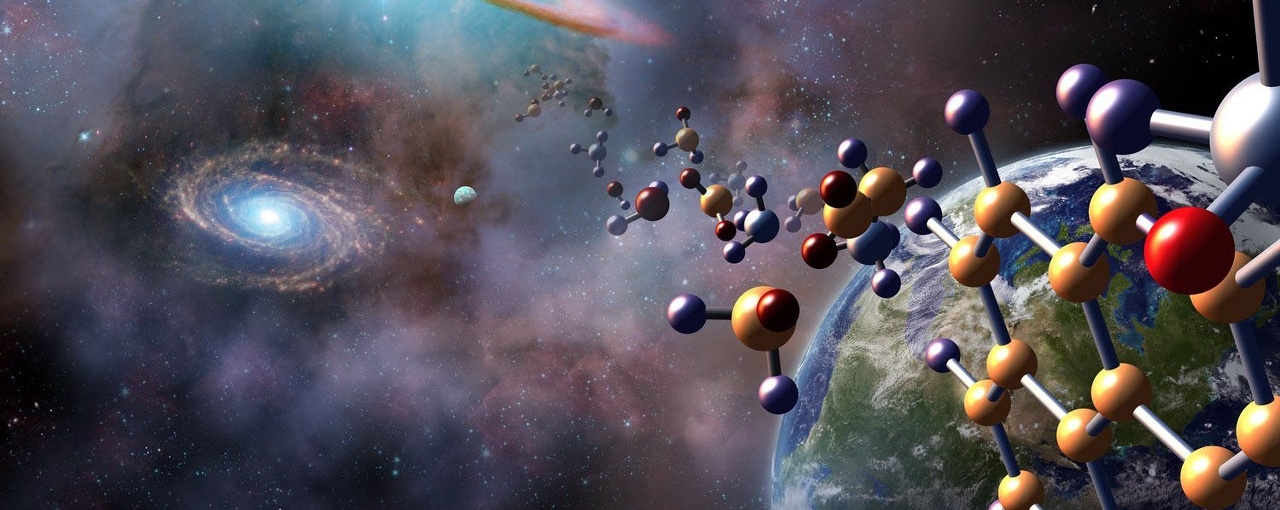
In the past two and a half years, two next-generation telescopes have been sent to space: NASA’s James Webb Space Telescope (JWST) and the ESA’s Euclid Observatory. Before the decade is over, they will be joined by NASA’s Nancy Grace Roman Space Telescope (RST), Spectro-Photometer for the History of the Universe, Epoch of Reionization, and Ices Explorer (SPHEREx), and the ESA’s PLAnetary Transits and Oscillations of stars (PLATO) and ARIEL telescopes. These observatories will rely on advanced optics and instruments to aid in the search and characterization of exoplanets with the ultimate goal of finding habitable planets.
Along with still operational missions, these observatories will gather massive volumes of high-resolution spectroscopic data. Sorting through this data will require cutting-edge machine-learning techniques to look for indications of life and biological processes (aka. biosignatures). In a recent paper, a team of scientists from the Institute for Fundamental Theory at the University of Florida (UF-IFL) recommended that future surveys use machine learning to look for anomalies in the spectra, which could reveal unusual chemical signatures and unknown biosignatures.
Continue reading “The Most Compelling Places to Search for Life Will Look Like “Anomalies””Four of Uranus’ Moons Might Have Liquid Oceans, Too

The study of ocean worlds, planetary bodies with potential interior reservoirs of liquid water, has come to the forefront in terms of astrobiology and the search for life beyond Earth. From Jupiter’s Galilean Moons to Saturn’s Titan and Mimas to Neptune’s Triton and even Pluto, scientists are craving to better understand if these worlds truly possess interior bodies of liquid water. But what about Uranus and its more than two dozen moons? Could they harbor interior oceans, as well?
Continue reading “Four of Uranus’ Moons Might Have Liquid Oceans, Too”ESA’s ARIEL Mission Will Study the Atmospheres of More Than 1,000 Exoplanets
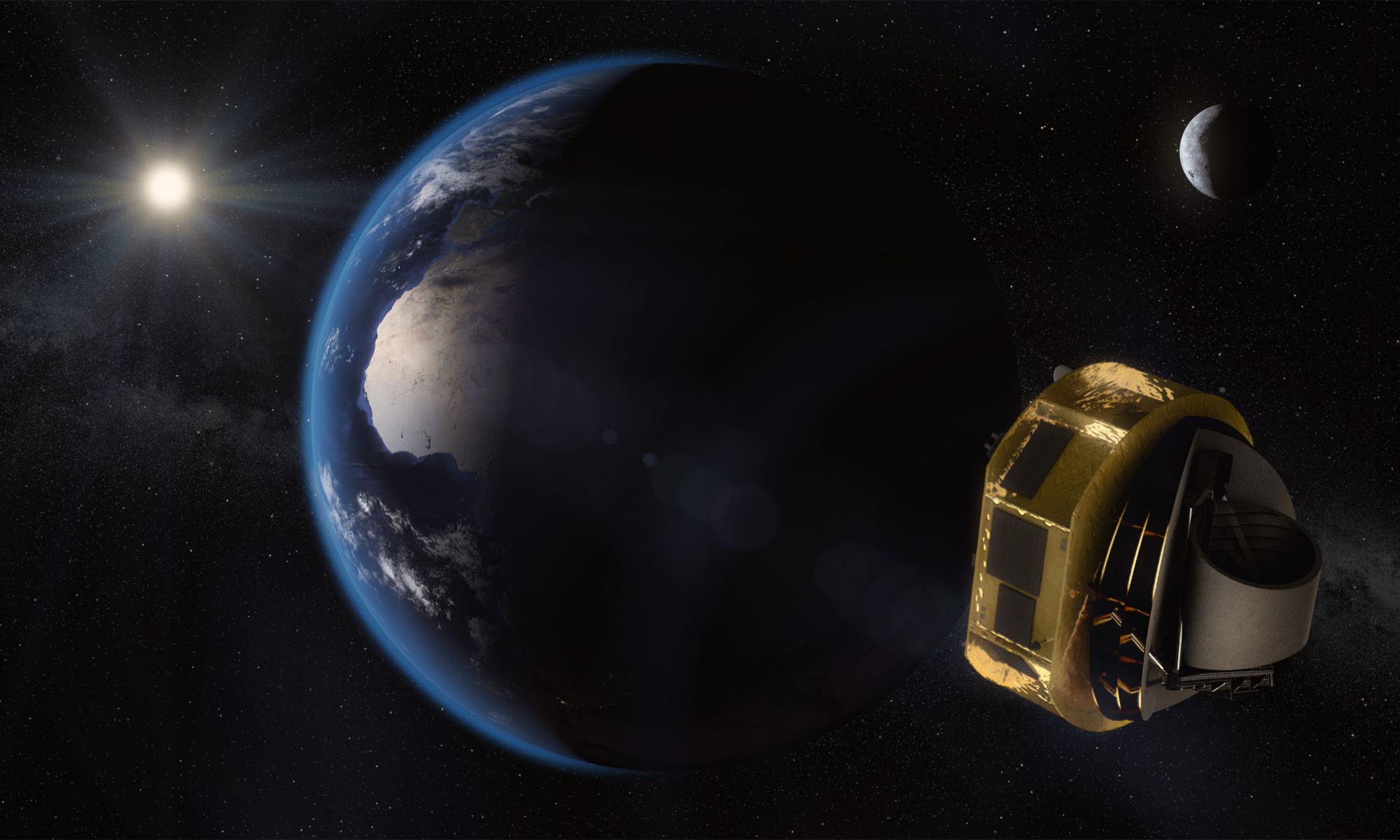
We found our first exoplanets orbiting a pulsar in 1992. Since then, we’ve discovered many thousands more. Those were the first steps in identifying other worlds that could harbour life.
Now planetary scientists want to take the next step: studying exoplanet atmospheres.
The ESA’s ARIEL mission will be a powerful tool.
Continue reading “ESA’s ARIEL Mission Will Study the Atmospheres of More Than 1,000 Exoplanets”What Mission Could Detect Oceans at Uranus’ Moons?
Exploration of ocean worlds has become a hot topic of late, primarily due to their role as a potential harbor for alien life. Moons that have confirmed subsurface oceans garner much of the attention, such as Enceladus and Europa. But they may not be the only ones. Uranus’ larger moons – Miranda, Ariel, and Umbriel could potentially also have subsurface oceans even farther out into the solar system. We just haven’t sent any instruments close enough to be able to check. Now a team led by Dr. Corey Cochrane at NASA’s Jet Propulsion laboratory has done some preliminary work to show that a relatively simple flyby of the Uranian system with an averagely sensitive magnetometer could provide the data needed to determine if those larger moons harbor subsurface oceans. This work is another step down the path of expanding what we think of as habitable environments in the solar system.
Continue reading “What Mission Could Detect Oceans at Uranus’ Moons?”Uranus’ Moons are Surprisingly Similar to Dwarf Planets in the Kuiper Belt
Astronomer William Herschel discovered Uranus—and two of its moons—230 years ago. Now a group of astronomers working with data from the telescope that bears his name, the Herschel Space Observatory, have made an unexpected discovery. It looks like Uranus’ moons bear a striking similarity to icy dwarf planets.
The Herschel Space Observatory has been retired since 2013. But all of its data is still of interest to researchers. This discovery was a happy accident, resulting from tests on data from the observatory’s camera detector. Uranus is a very bright infrared energy source, and the team was measuring the influence of very bright infrared objects on the camera.
The images of the moons were discovered by accident.
Continue reading “Uranus’ Moons are Surprisingly Similar to Dwarf Planets in the Kuiper Belt”


